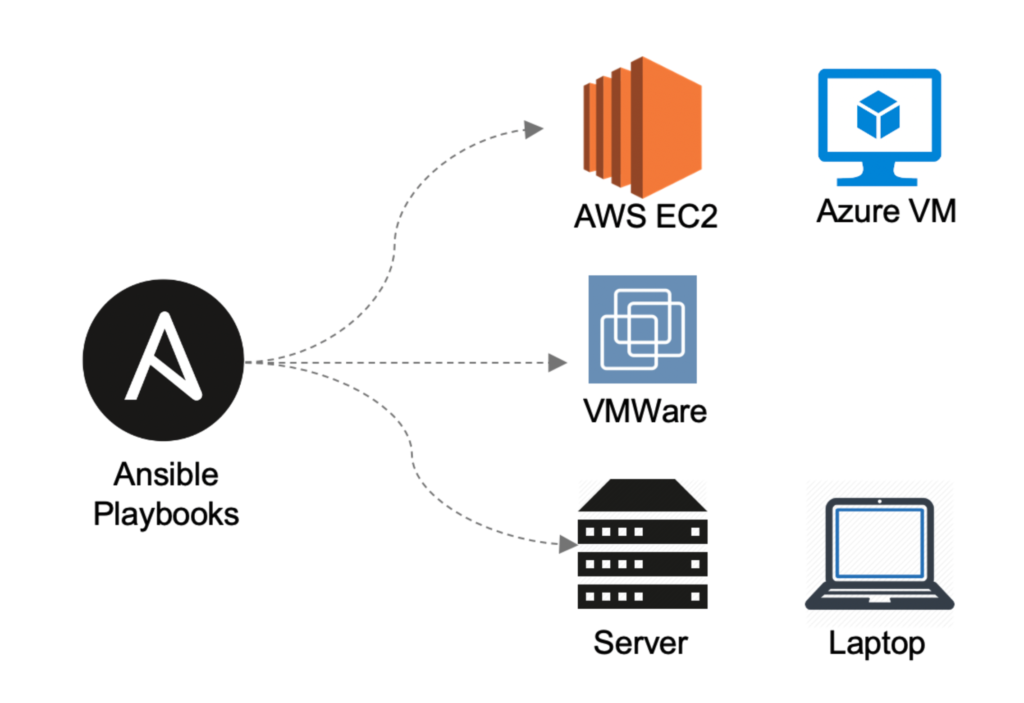TLDR; In the realm of DevOps, automation is king. Here, I focus is on using Ansible for infrastructure automation. I’ll cover the basics of Ansible, its advantages, and walk through automating server setup and configuration.
Introduction to Ansible
Imagine Ansible as a skilled orchestra conductor. Each musician (server) has their sheet music (playbook), which the conductor reads and interprets, ensuring that each musician plays their part at the right time, creating a harmonious symphony (a fully automated infrastructure). Ansible is an open-source tool for automating tasks such as configuration management, application deployment, and task orchestration. It uses a Yet Another Markup Language (YAML) to describe automation jobs in a way that is easy to read and write.
Why use Ansible?
- Simplicity and Ease of Use: Ansible uses YAML for playbooks, making them easy to read and write.
- Agentless Architecture: It doesn’t require any special software to be installed on the nodes it manages, reducing overhead.
- Idempotency: An essential feature where repeated operations produce the same results, ensuring consistency.
- Extensibility: With modules and plugins, you can extend its capabilities.
Getting started with Ansible
Before diving into practical examples, ensure you have Ansible installed on your machine. Installation guides can be found on the Ansible site.
Basic Terminology
- Playbook: A YAML file containing a series of procedures (plays) to be run on your managed nodes.
- Task: A block that defines a single procedure to be executed.
- Module: A component that Ansible uses to execute a specific task.
- Inventory: A file that lists all your nodes.

Automating server setup
Let’s set up a basic web server using Ansible.
Step 1: Define Your Inventory
First, create an inventory file, hosts.yml, listing the servers you want to manage:
all:
hosts:
server1:
ansible_host: 192.168.1.101
server2:
ansible_host: 192.168.1.102Step 2: Write a Playbook
Now, let’s create a playbook, setup-webserver.yml, that installs Apache on these servers:
- name: Install and start Apache
hosts: all
tasks:
- name: Install Apache
apt:
name: apache2
state: present
become: yes
- name: Ensure Apache is running
service:
name: apache2
state: started
become: yesThis playbook performs two tasks: installing Apache (apt module) and ensuring it is running (service module).
Step 3: Run the Playbook
Execute the playbook using the following command:
ansible-playbook -i hosts.yml setup-webserver.ymlIn short, Ansible simplifies the automation of infrastructure. Start small, understand the concepts, and gradually expand your automation repertoire. As always, feel free to reach out with questions or for consulting services. Happy automating!


